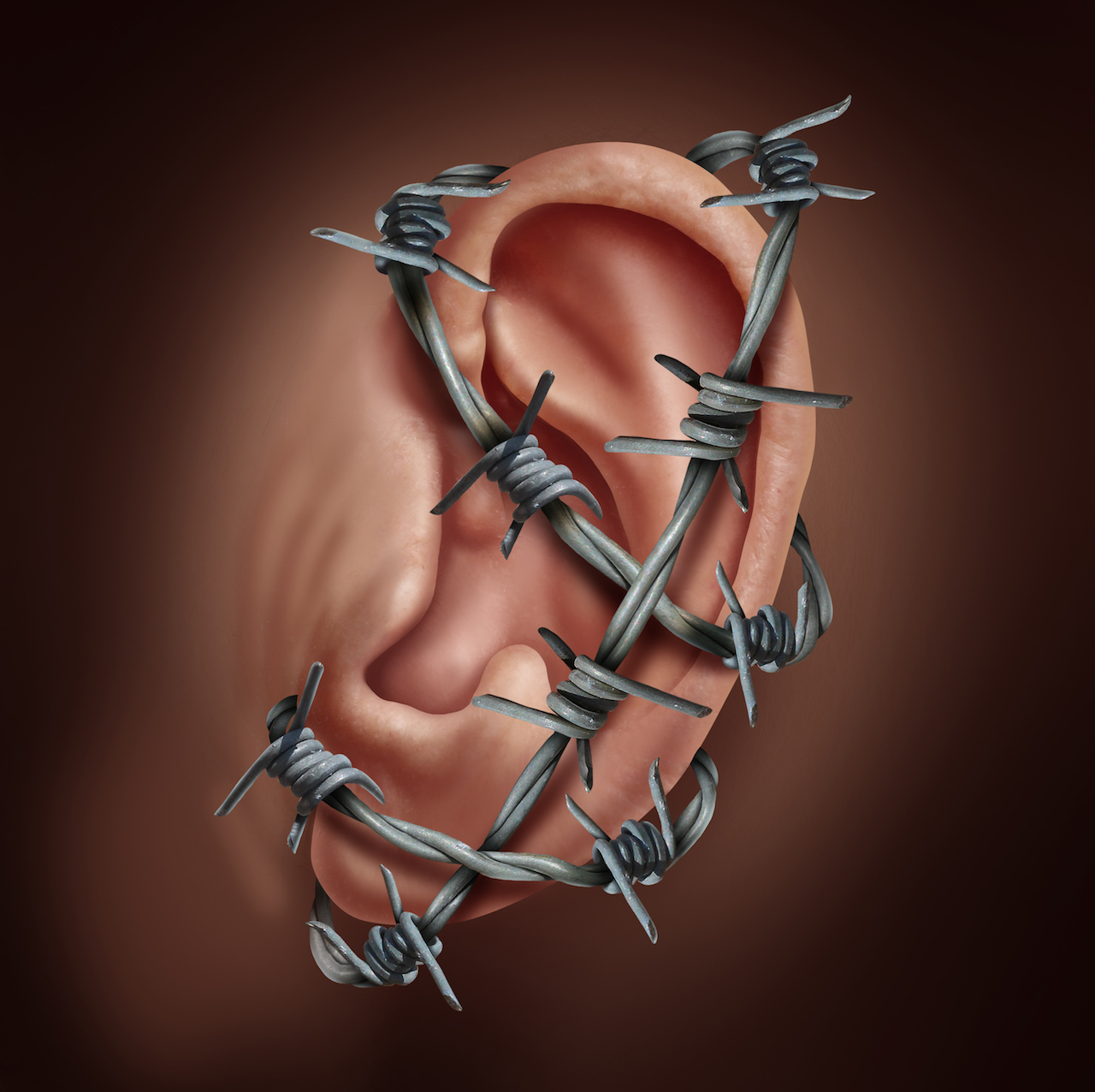A ringing sound in your ear? A dull ache? It may be an on-and-off pain or a persistent throbbing. Either way, an earache shouldn’t be ignored.
There are two categories of earaches to know about. A primary earache is due to some form of inner or outer ear disease. Secondary earache is due to or associated with problems elsewhere in the body, in which the pain is felt in the ear (this is known as referred pain).
Earache is very common in children, as the anatomy of their Eustachian tube makes them more susceptible to more infections. Earache is also common in children who are around smokers, and in summer, when allergies and swimming play a role.
Primary earache may be caused by conditions affecting the:
- Outer ear canal: trauma, foreign bodies, infection, (otitis externa), impacted wax, malignancies, and allergies.
- Middle ear (otitis media) acute or chronic infection, ruptured eardrum, and Eustachian tube dysfunction.
Have you got persistent earache? Speak to one of our doctors about how to fix it today.
You can also get an earache from:
- A tooth infection.
- Problems in the jaw joint (temporo-mandibular joint).
- Parotid (salivary) gland disorders.
- Tonsillitis, pharyngitis and sinusitis.
- Cancer of the tongue, pharynx or oesophagus.
General treatment includes:
- Stop smoking and keep children away from environmental cigarette smoke.
- Take care to manage your allergies.
- Keep the ear canals dry – for example, after swimming or hair-washing.
- Avoid putting foreign objects like cotton-tipped buds into your ears.
- Relieve the Eustachian tube discomfort in older children by chewing gum.
- A combination of paracetamol and an anti-inflammatory (e.g. Ibuprofen) will relieve most earaches until it can be assessed by a doctor.
Quick relief
People often use ice packs or warm compresses, like a heating pad or damp washcloth, to relieve pain, and the same can be done for ear pain. This method is safe for both children and adults. Place the ice pack or warm compress over the ear.
Protect your ears
- Avoid using objects to clean inside your ears. Your ears are self-cleansing. Cleaning inside your ear with an earbud, bobby pin or your fingernail may tear the skin. If you have excess ear wax build-up, have it removed by a healthcare professional.
- Keep your ear canals dry: dry your ears after swimming and hair-washing, shake out excess water in your ears, wear earplugs while swimming.
- Control your allergies. Inflammation caused by allergies can contribute to ear infection and ear pain.
- Stop smoking and avoid exposure to second hand smoke. Cigarette smoke can increase the frequency and severity of ear infections.
- Stay up to date with immunisations, including those for flu as ear infections often occur after flu.
It’s time to speak to Hello Doctor when:
- You also have a fever, have recently had an upper respiratory tract infection, or if this pain is plaguing your child who is six months or younger. A fever indicates the possibility of a more serious infection.
- You frequently develop otitis media; repeated bouts can lead to hearing loss or more serious infections.
- You have hearing problems; the infection may be affecting hearing ability.
- You feel nauseous or have bouts of diarrhoea accompanying the earache.
- You have nasal congestion.
- You are dizzy or imbalanced.
- Your eardrum turns yellow or red and bulges.
References:

